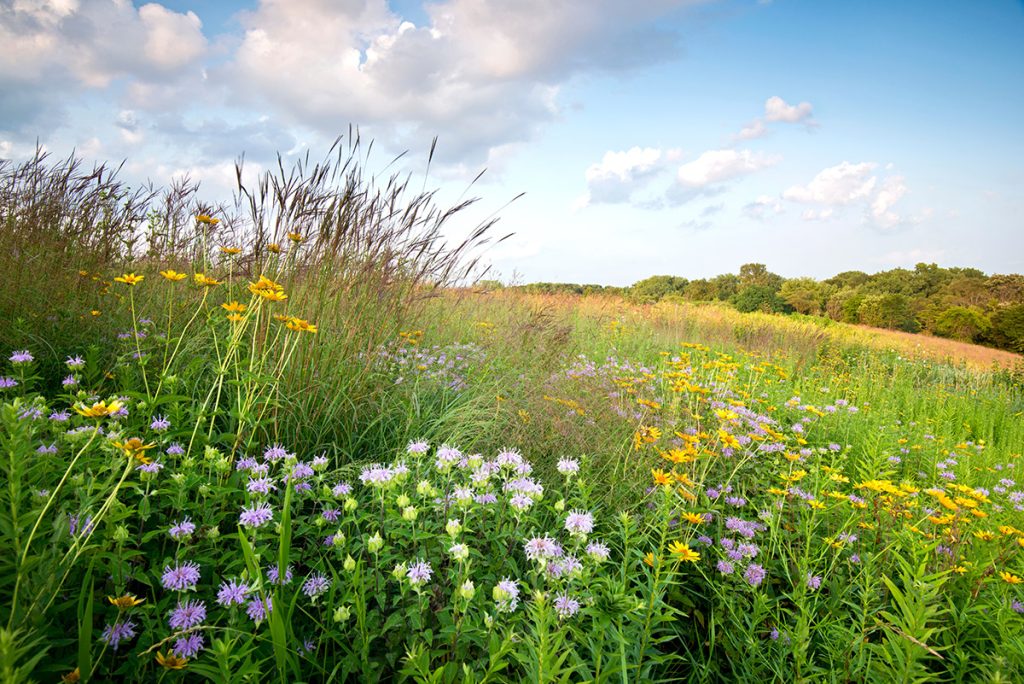
In the world of conservation, gaining insights into contemporary challenges, trends, and innovative solutions is crucial. Conservation today is not without its hurdles. Rapid urbanization, climate change, and habitat loss pose significant threats to biodiversity. Understanding and navigating these challenges requires a nuanced approach. Conservationists are adapting to the dynamic landscape by incorporating technology, community engagement, and scientific advancements into their strategies.
One notable trend is the emphasis on landscape connectivity. Conservation efforts are increasingly focused on creating interconnected habitats to allow for the natural movement of species. This approach acknowledges the importance of preserving not just individual patches of nature, but entire ecosystems that support diverse flora and fauna.
Innovation is also a driving force in contemporary conservation. From employing drones for wildlife monitoring to harnessing data analytics for more effective decision-making, technology is playing a pivotal role. Additionally, community-based conservation initiatives are gaining traction, recognizing the importance of involving local communities in safeguarding their natural resources.
As we navigate the current landscape of environmental preservation, it’s evident that collaboration and adaptability are key. By staying informed about emerging challenges and embracing innovative solutions, we can collectively work towards a more sustainable and harmonious coexistence with the planet.
